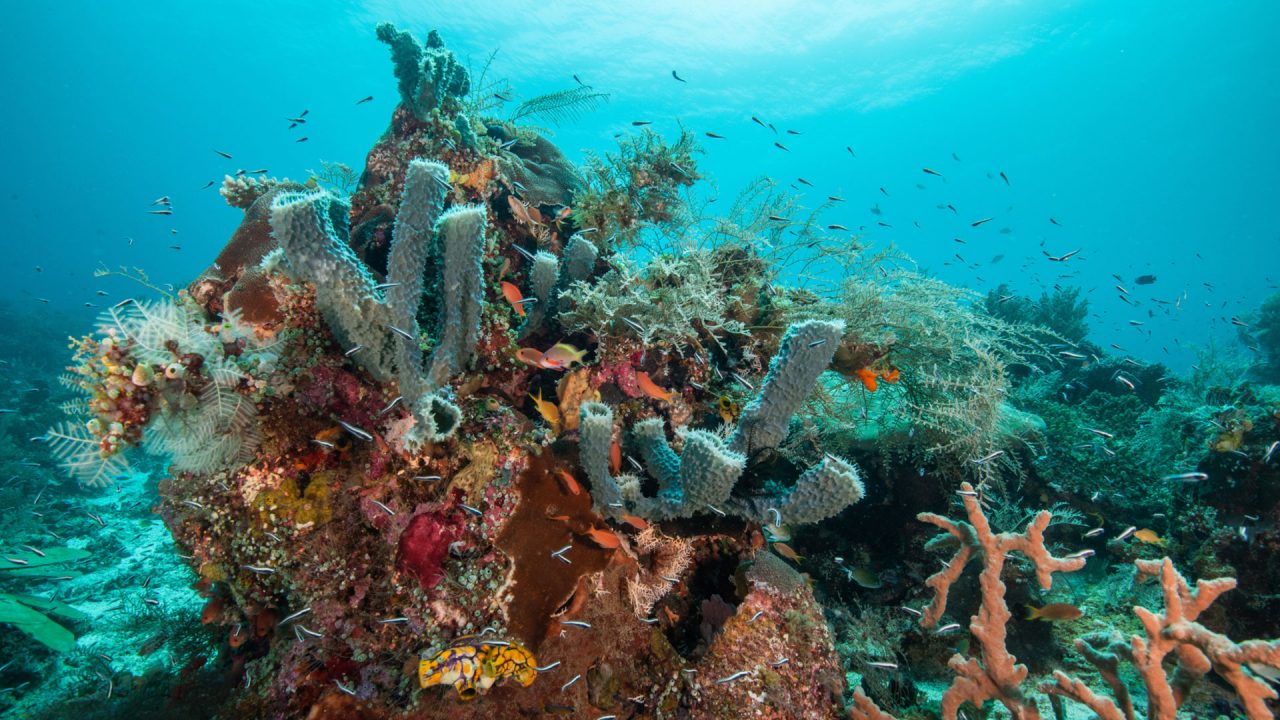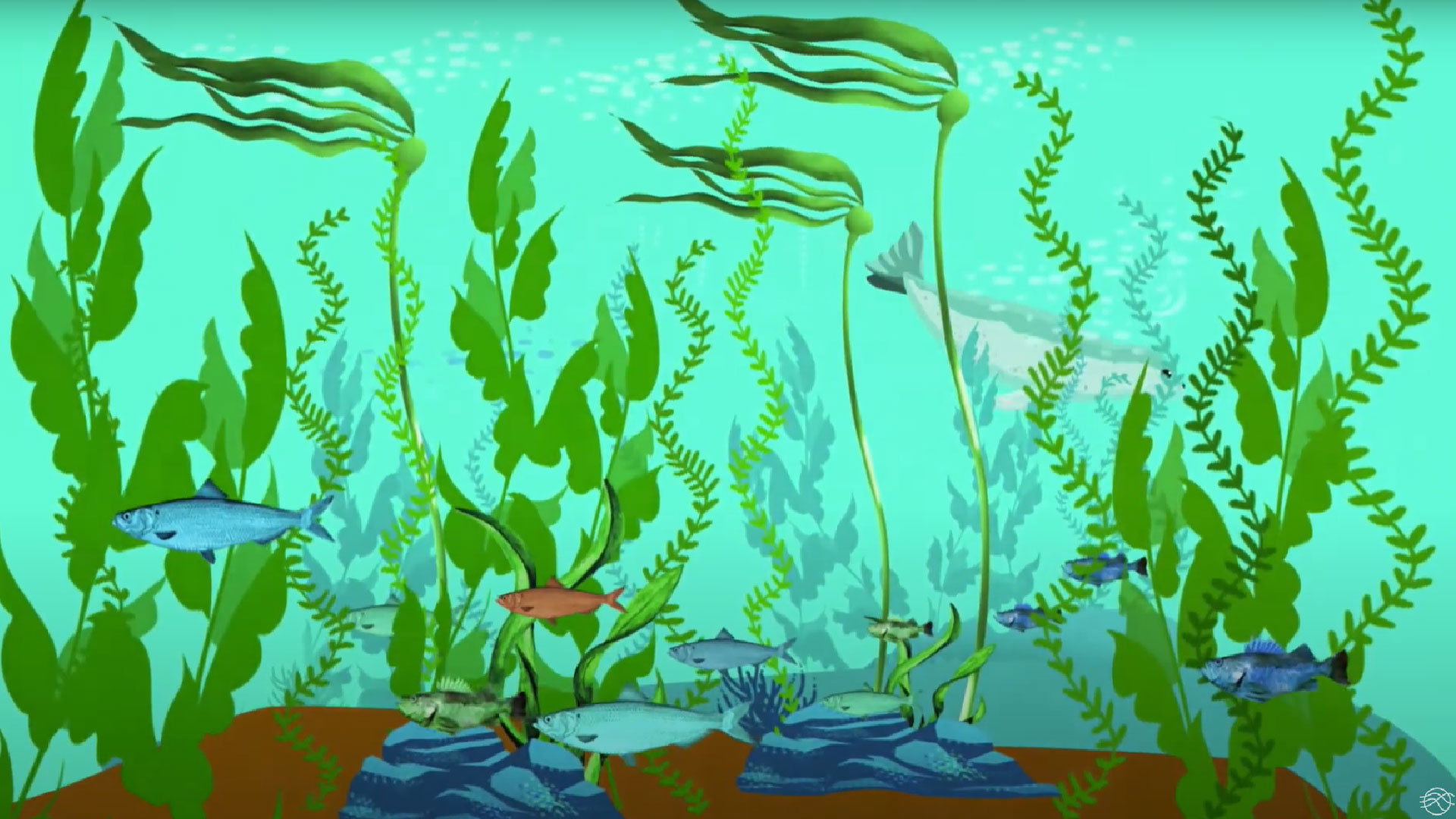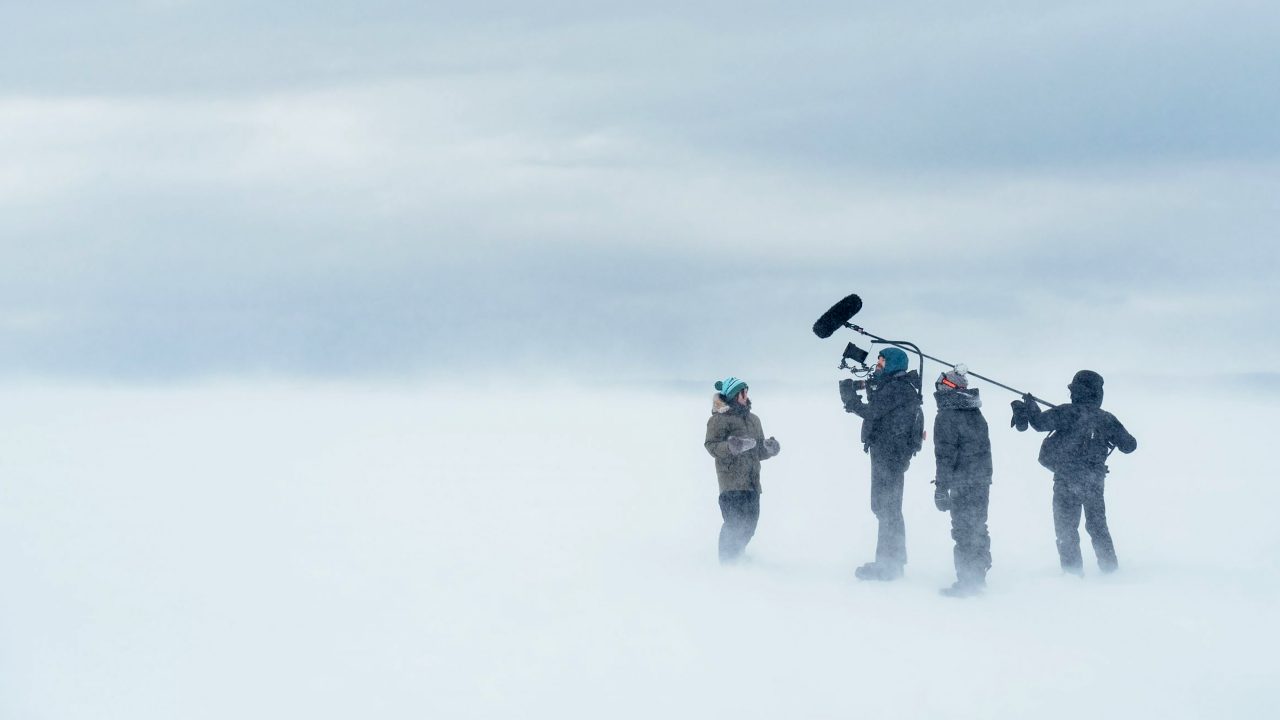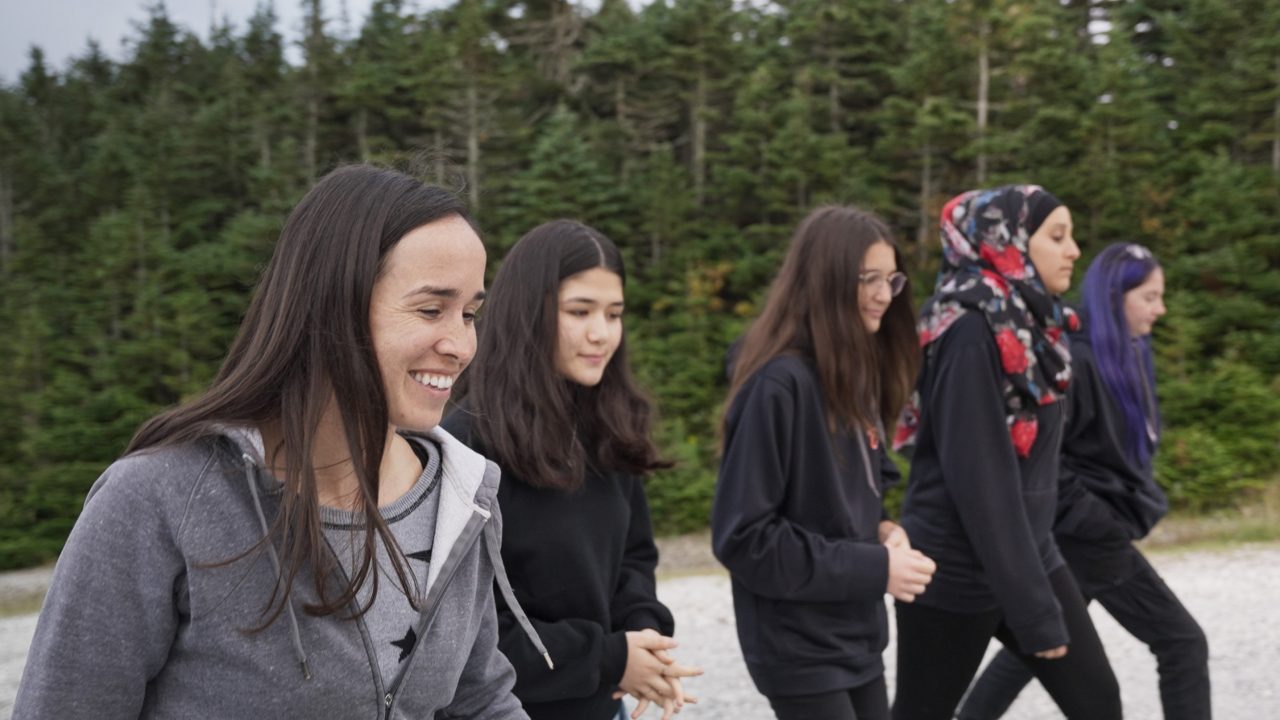
Using Ocean School to Teach Biological Diversity In Landlocked Alberta!
Using Ocean School to Teach Biological Diversity In Landlocked Alberta!
Photo Credit: A multi-coloured coral reef surrounded by turquoise water in Raja Ampat, Indonesia. Photo by Nick Hawkins for Ocean School.
Using Ocean School to Teach Biological Diversity In Landlocked Alberta!
At a glance
Course: Science 9, Biological Diversity, Alberta
Time: 7–10 lessons
Topics: Biodiversity
Key concepts:
- Variation among and within species
- Niches and interconnected features of ecosystems
- Symbiotic relationships
- Asexual and sexual reproduction (including alternation of generations)
- Adaptations and environmental pressures; speciation and endemic species
- Natural and artificial selection; genetic modification
- Genetic inheritance, heritable and non-heritable traits
- Discrete and continuous variation
- Threats to biodiversity and conservation
- Extinction, extirpation and endangered species
Competencies:
- Critical thinking
- Communication
- Culture and ethical citizenship
Science teacher Alyssa de Leon shares how she spiced up her Science 9 Biological Diversity unit using Ocean School.
Hey there! I’m Alyssa de Leon, a secondary Science teacher in landlocked Alberta, and I’m excited to share how I’ve spiced up my Science 9 Biological Diversity unit using Ocean School. I’ve been taking advantage of the engaging resources from Ocean School to teach key concepts like variation among species, symbiotic relationships, adaptations and threats to biodiversity. This is a condensed version of the unit, but at the bottom of this page you will find a link to a PDF with a more detailed description of each lesson and the modifications I made to Ocean School’s ready-to-use activities.
Part 1: Unit Introduction
We begin the unit with the Off-the-Hook Habitats video, exploring aquatic habitats and kickstarting discussions about interconnectedness and ecological niches. I use still shots from the animation to teach food chains and have students create mock Instagram posts highlighting habitat features.

Part 2: Into the Building Biodiversity Collection
We then dive into the Building Biodiversity collection, covering lessons like The Four Kings, where we explore the biodiversity of Raja Ampat, Indonesia, and tackle concepts like speciation and human threats to biodiversity. We break down inter- and intra-species variation, and dive into discrete and continuous variation using examples from the video.
As we continue, we watch Diving for Diversity, which provides a first-person view of biodiversity surveys. Depending on available time, we either complete the provided activity in class or save it for an end-of-unit project. We then take a detour with Sharks Are Awesome, a 360° video tour of underwater habitats, teaching about shark adaptations. I use the connected activity to explore how environmental pressures influence adaptations, and have students create a comic strip about shark adaptations. After the sharks detour, we jump back into the collection with Recovering Reefs to understand the human impact on fish populations and discuss conservation efforts.
“Building Biodiversity” host Nesha Ichida, in scuba gear, inspects a coral reef in Raja Ampat, Indonesia.
Moving on, we explore the development of heat-resistant corals in Supercoral and discuss the ethics of genetic modification in Coral Morals. We delve into symbiotic relationships, genetic inheritance and selective breeding and reflect on the pros and cons of genetic modification.
Lastly, for end-of-unit projects, I offer options such as conducting a local biodiversity survey or exploring community conservation. These projects allow students to showcase their learning in creative ways, from staging debates on marine protected areas to creating social media campaigns for biodiversity.

Closing thoughts
Ocean School has transformed my Science 9 Biological Diversity class, making lessons more engaging and deepening students’ understanding. The resources simplify my planning, and the students genuinely enjoy the Ocean School experience. I encourage fellow educators to give it a shot and explore the fantastic world of Ocean School with their classes!
For more, check out my detailed lesson breakdown!
Resources
Want to try out this approach?
Check out Alyssa’s recommended playlist
Read Alyssa’s detailed lesson breakdown (PDF)
Alyssa de Leon (she/her) is a secondary Science teacher near Edmonton, AB. She is inspired in work and play by all of the wonderful adventures that Alberta has to offer, and can be found hiking, rock climbing and stargazing when she’s not in the classroom. She shares her passion for the natural world with her students by connecting classroom science with real-world experiences, social and climate justice initiatives, and participating in local citizen-science activities.
Pour lire cet article en français, cliquez ici.
Discover more Mini-Lessons | Watch educational films on NFB Education | Watch educational playlists on NFB Education | Follow NFB Education on Facebook | Follow NFB Education on Pinterest | Subscribe to the NFB Education Newsletter



